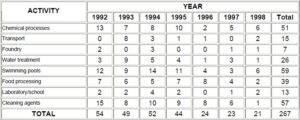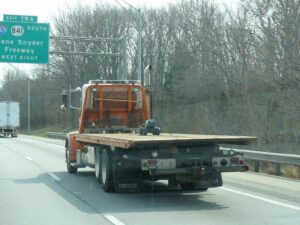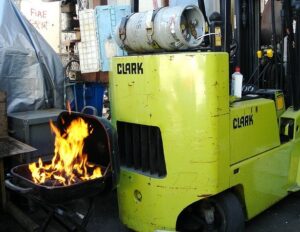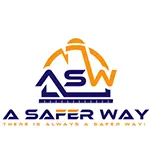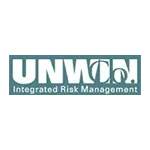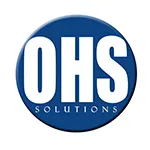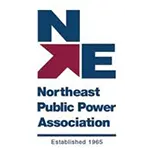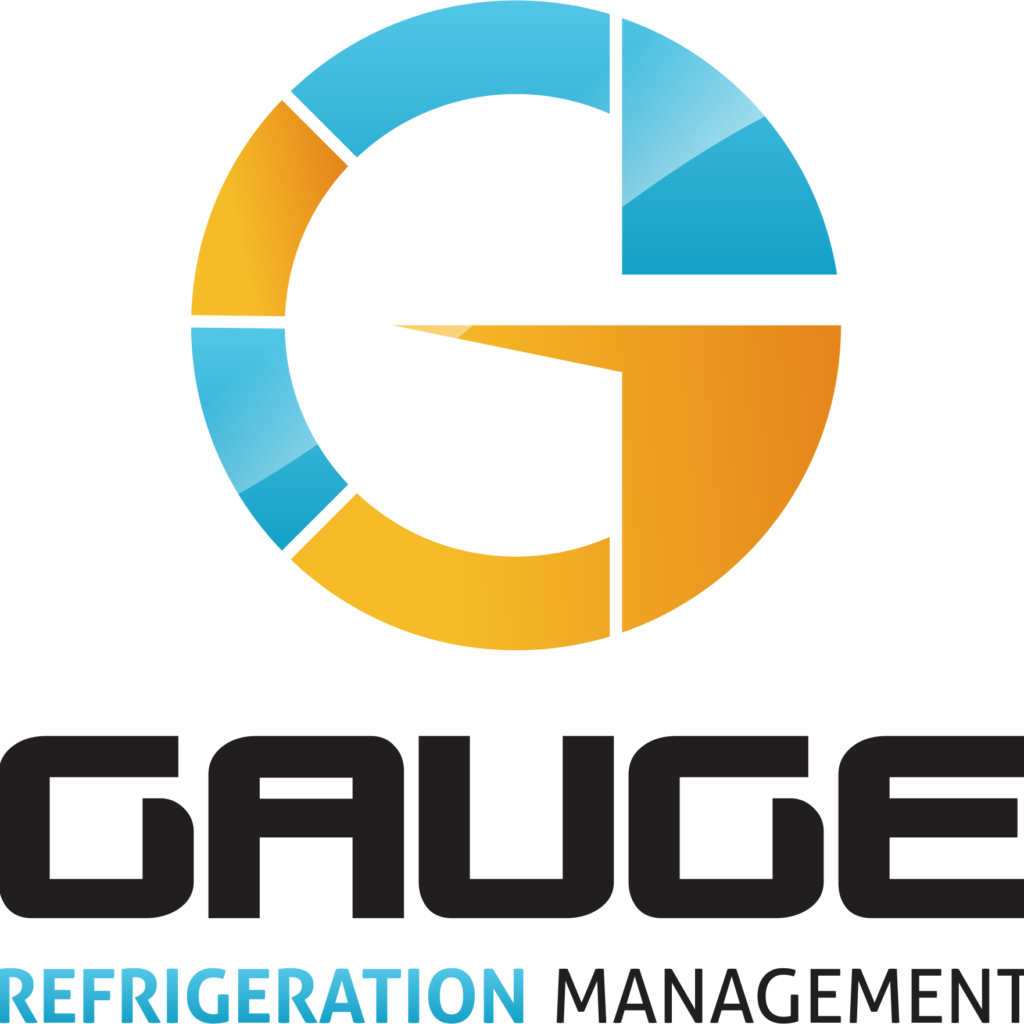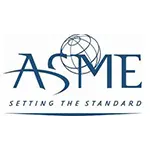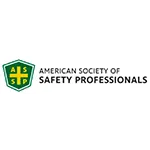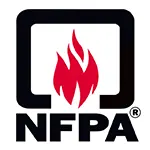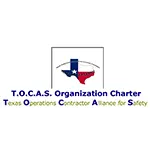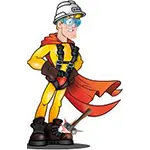CLICK HERE to Renew your Membership
CLICK HERE for a NEW Membership
CLICK HERE to see eligibility requirements for FREE Membership
If you have any questions, please contact me
We offer:
- Over 17,600 categorized unsafe acts/conditions and accident/injury photos
- Over 1,450 ppt's & doc's
- Over 3,975 technical articles on Process Safety & Occupational Safety & Health matters
- Over 450 videos
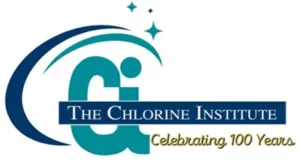
I am proud to announce that have extended our”Partners in Safety” agreement for another year (2025).
CI Members, send me an e-mail to request your FREE SAFTENG membership.

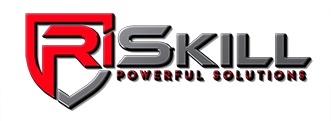



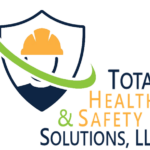








March 28, 2012
Greetings Everyone: A few months ago, I wrote to tell you about the EPA’s desire to re-establish public internet access for certain categories of information collected by the Risk Management Plan (RMP) Program. In that note, I wrote of the Agency’s intent (in the absence of negative feedback) to post this information online by July 2012. I also asked for your concerns,...
Read More
March 28, 2012
MANY THANKS to my NEW & RENEWING “Partners in Safety”for their support! since 2007 Since 2010 since 2006 2012 Fatality Tracker Electrical 16 (2011 = 81) (2010 = 90) (2009 = 100) Forklift/Manlift Mobile Equipment 11 (2011 = 84) (2010 = 110) (2009 = 88) Mining 25 (2011 = 248) (2010 = 480) (2009 = 586) Explosions 36 (2011 = 218) (2010 = 246) (2009 = 302) Cranes 10 (2011 = 50) (2010 = 50)...
Read More
March 26, 2012
This note presents the results of a review of chlorine incidents reported to HSE over the period 1992-1998. It also provides details of the main sources of guidance on the storage, handling and use of chlorine. Chlorine and chlorine-based derivatives are reactive materials which are used in the chemical manufacture of a wide range of products such as paper, textiles, dyes, medicines, solvents,...
Read More
March 26, 2012
This note presents the results of a review of ammonia incidents reported to Health & Safety Executive (HSE) over the period 1992-1998. It also provides details of the main sources of guidance on the storage, handling and use of ammonia. Ammonia is used in the manufacture of fertilisers, nitric acid and many other products. It is also widely used as a refrigerant. … HomeRead More...
Read More
March 23, 2012
In evaluating these spaces, we first have to determine if they are a Confined Space. Evaluating the compactor shown below, we have to ask ourselves, as it sits there today, does the space meet the definition of a Confined Space? OSHA defines a confined space as a space that: Is large enough and so configured that an employee can bodily enter and perform assigned work; and Has limited or restricted...
Read More
March 23, 2012
Product Stop Use, Inspection and Replace Notice – Immediate Action Required
Click Here for the pdf
Read More
March 22, 2012
In recent years we have been seeing an increasing trend for facilities to relocate equipment to their rooftops. We suspect this is being done for two primary reasons: 1) it is free real estate and 2) it gets sensitive equipment away from forklifts, scissor lifts, manlifts, and other motorized equipment. Either reason we support; however, these businesses may be creating a compliance...
Read More
March 22, 2012
One of my favorite lunch time training videos!! It actually holds their attention and it hits home with a large audience.
Read More


